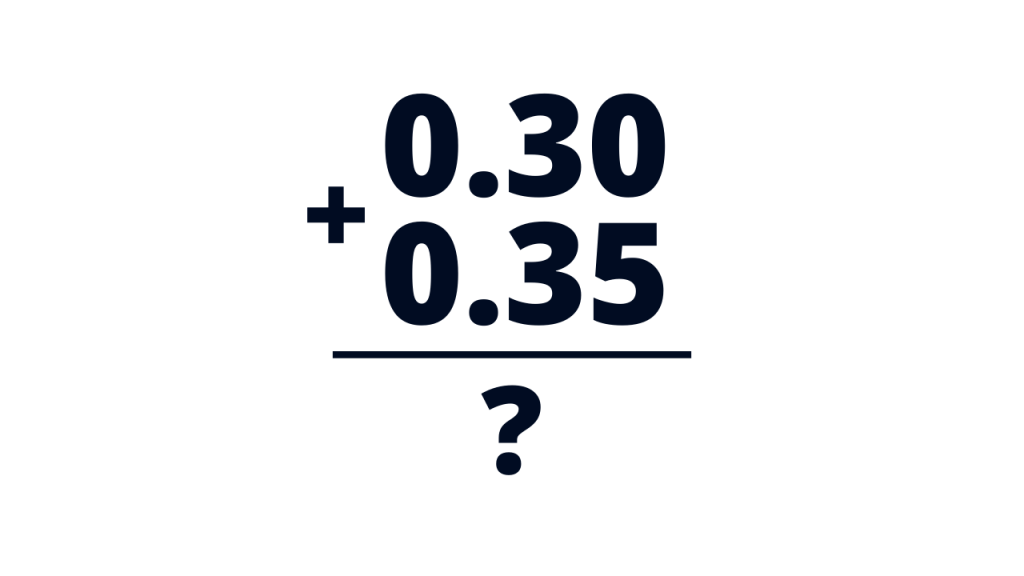Lesson 7: Decimals and Their Properties
A decimal number is a numerical representation in which a decimal point separates the whole number part and the fractional part. This format allows us to express values that are less than one.
The digits following the decimal point indicate fractions of ten, specifically by illustrating the division of each digit’s place value by 10 as you move from left to right.
This division creates specific place values: the first digit to the right of the decimal point represents tenths, the second represents hundredths, the third represents thousandths, and so on.
For instance, the fraction one-tenth, which is mathematically expressed as 1/10, is represented in decimal form as 0.1.
This system of decimals is foundational in mathematics, enabling precise and varied numerical expressions essential for calculations in everyday life, finance, science, and engineering.
This concept is frequently encountered in our daily lives and can represent a wide array of quantities, relationships, and situations.
One of the most familiar uses is in financial transactions, where decimals represent cents in our currency, allowing for precise calculations down to the smallest unit of money. Decimals play a crucial role in measurement. For example, when we step on a digital scale, it provides an exact reading of our weight, often displayed with decimal points to capture fractions of a pound or kilogram. Similarly, when determining the dimensions of an object, such as its length, width, or height—decimals ensure that we can communicate these measurements with accuracy, which is essential in fields like construction, tailoring, and design.
Beyond personal measurements, decimals are also integral when we engage in activities such as filling up our vehicles with gasoline; the price per gallon is often represented in decimal form, allowing consumers to understand costs with precision.
In retail, when applying a discount on an item, the calculation might yield a price that includes decimals, ensuring that consumers pay the correct amount. Furthermore, in the culinary world, when following a recipe, measurements are frequently stated with decimals to guarantee that ingredients are used in the precise amounts required for the dish to turn out as intended.
Similarly, when timing events with a stopwatch, decimals allow for accurate tracking of seconds and fractions of seconds, which can be vital in competitive sports or scientific experiments.
Overall, decimals are a fundamental aspect of how we quantify, measure, and communicate in various everyday situations, making them essential for accuracy and clarity in our interactions and activities.
What You Will Learn in This Lesson
In this lesson, you will explore the concept of decimals along with their various properties.
We will delve into how to accurately identify the place value of each digit within a decimal number, providing a clear understanding of how each position contributes to the overall value.
You will also engage in practice exercises that focus on adding and subtracting decimal numbers, ensuring you become proficient in these essential skills.
Furthermore, the lesson will cover the techniques for rounding decimals, highlighting the significance of this process in real-world applications. You will learn about finite decimals, which have a limited number of digits after the decimal point, and infinite decimals, which continue indefinitely without repeating.
By the end of this lesson, you will have a comprehensive understanding of decimal numbers and their practical uses in mathematics.

For example, the number Pi is an irrational number that continues infinitely without repeating. Mathematicians often compete to see who can recite the most digits of Pi. It holds special significance in mathematics and is used in various applications, particularly when calculating properties related to circles, such as the relationship between the radius and the diameter.
Grade 5 Decimals Quiz
